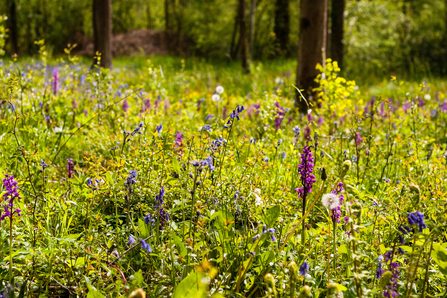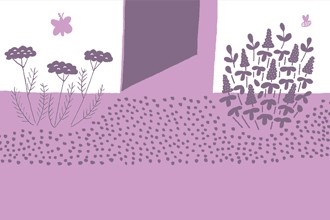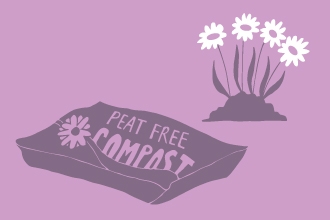We’ve had an exciting delivery recently as we have begun the switch to electric tools! With the help of funding from Worcestershire County Council’s Businesses Energy Efficiency Programme we have replaced some of our old petrol chainsaws and brushcutters with energy efficient electric models. One of the main reasons we are switching to electric tools is because they have no exhaust emissions and produce less carbon dioxide over their lifecycles than petrol-powered tools. Electric tools are also quieter and create fewer vibrations than the old internal-combustion engine machines – making them more pleasant for our staff and volunteers to use. They also turn on with the press of a button so there’s no need for pull-starting!
The technology and quality of battery-powered electric tools has increased rapidly in the last decade and market-leading manufacturers are now producing ranges of professional quality equipment. Several of the Trust’s forestry and tree surgery contractors have already adopted electric chainsaws and many other Wildlife Trusts, organisations and contractors are making the switch too. The first set of tools will be out with our teams soon and we plan to continue the transition to electric tools in the future.




